Media
Summary
Join us for this week’s Rocket Roundup with guest host Dr. Pamela Gay as we look back at the launches and missions that happened over the last two weeks, including one from China, one from Arianespace, and one from SpaceX. Plus, the possibility of wooden satellites with community member Gordon Dewis.
Transcript
Hello, and welcome to the Daily Space for today Wednesday, January 13th, 2021. I am your host, Dr. Pamela Gay, filling in for Annie Wilson. Most weekdays we’re here putting science in your brain.
Wednesdays, however, are for Rocket Roundup. Let’s get to it, shall we?
We had a couple of launches that snuck in under the wire between Christmas and New Year’s that didn’t make it into last week’s show. So, let’s start with those.
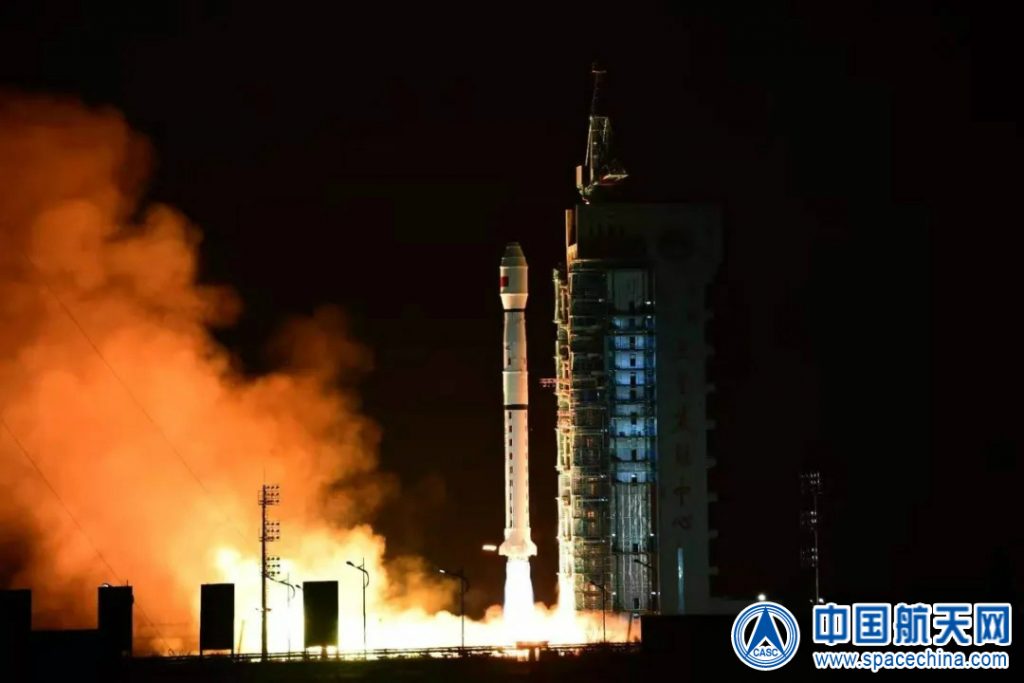
First, on December 27th, at 15:44 UTC, China launched the Yaogan-33R mission atop a Long March 4C rocket from the Jiuquan Satellite Launch Center in China. The satellite is believed to be a replacement for Yaogan-33, which was launched in May 2019 but failed to reach orbit.
The Yaogan satellites are government remote sensing satellites that can be used for tasks such as scientific experiments, land surveys, and disaster prevention and mitigation.
Also onboard the rocket was Weina 2, a Chinese nanosatellite that reportedly belongs to the Shanghai Micro Satellite Engineering Centre. Beyond that, it’s a technology demonstration payload. We really can’t tell you anything else about its mission or configuration.
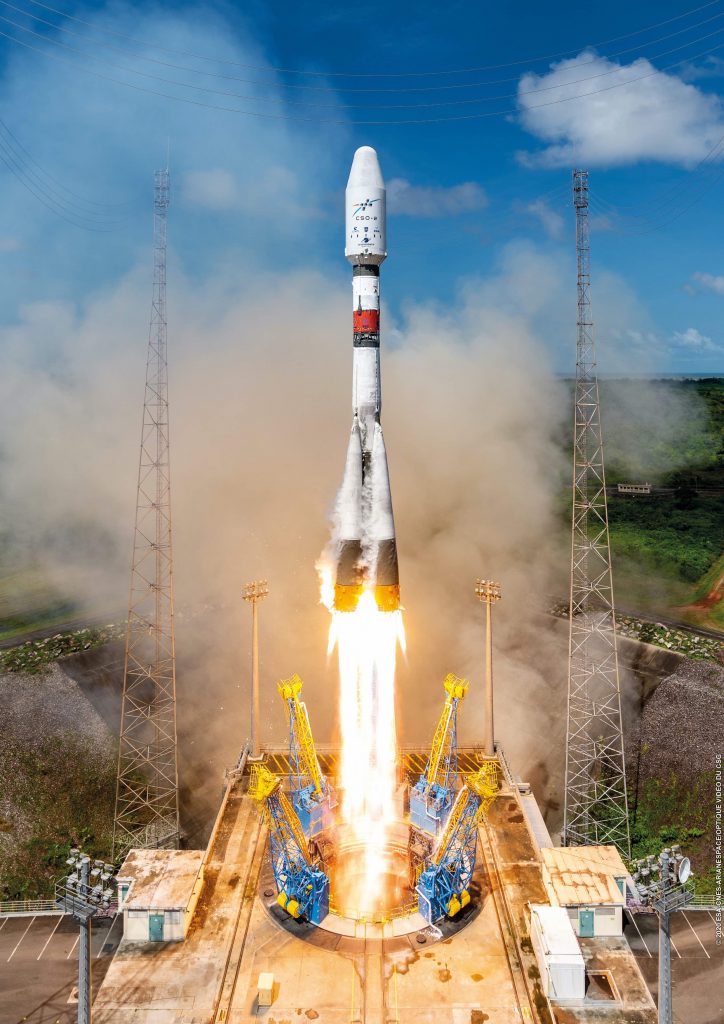
The last launch of 2020 was an Arianespace Soyuz-2 for the CSO-2 mission on December 29th at 16:42 UTC. CSO-2 is an Earth observation satellite intended for military and security applications that is in a Sun-synchronous orbit. This means the satellite consistently sees the Earth with similar shadows. This kind of orbit makes spotting any changes from one orbit to another very easy to spot.
This is the second satellite of the Optical Space Component program (which from French becomes CSO). This will be a constellation of three satellites dedicated to Earth observation in polar orbits at different altitudes. CSO-1 and CSO-3 are intended as reconnaissance missions, while CSO-2’s intended use is identification.
The French space agency CNES is responsible for the satellite’s operation, while the French armed forces headquarters is the operating authority for the constellation.
Like I mentioned before, the CSO-2 satellite is in Sun-synchronous orbit at an altitude of 480 km. It will be used to acquire extremely-high-resolution images in the visible and infrared bandwidths, day or night and in fair weather, and using a variety of imaging modes to meet as many operational requirements as possible.
This was the tenth and final launch of 2020 for Arianespace, and their fifth last year to use a Soyuz medium launcher.
The first launch of 2021 took place on January 8th at 02:15 UTC when Türksat-5A launched onboard a SpaceX Falcon 9 rocket from the SLC-40 launch pad at Cape Canaveral Space Force Station.
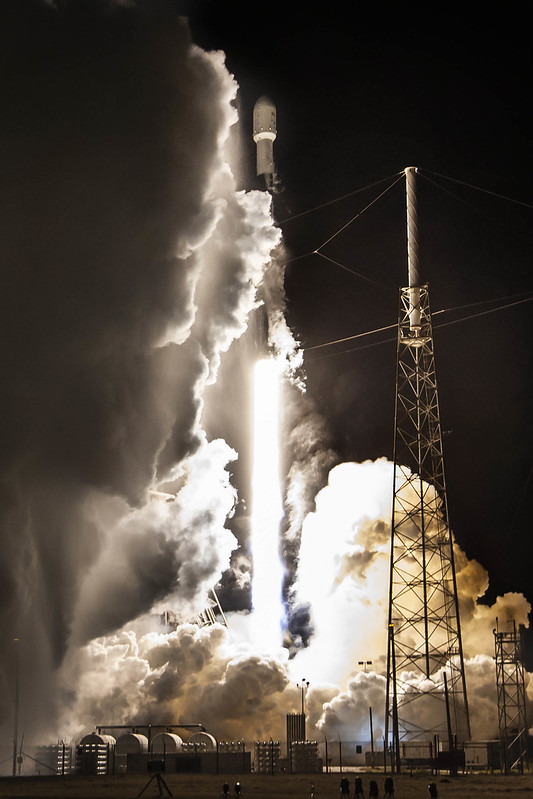
This was not an entirely new rocket. The Falcon 9s have the ability to reuse their first stage and sometimes their fairings.
This launch included the fourth flight of booster 1060 and was the 104th flight of a Falcon 9. The booster made its fourth landing on the drone ship Just Read the Instructions, about eight and a half minutes after launch.
For those of you keeping score at home, the fairings were both previously flown and both were recovered from the water.
Türksat 5A is Türksat’s first geostationary communications satellite built at the new Turkish Aerospace Industries Satellite Assembly Integration and Test Facility (UMET) in Ankara.
It is based on an all-electric version of the Eurostar E3000 satellite platform made by Airbus Defense and Space, and about 20% of the technology is Turkish in origin.
Unlike traditional communication satellites, Türksat 5A uses several small electric thrusters to reach its final orbit, instead of some form of a single large bi-propellant engine using fuels like nitrogen oxide and hydrazine. This increases the amount of time it will take to reach its final geosynchronous orbit from a week or so to months. What the mission lacks in zip, it makes up for in the slick design. These electric thrusters substantially reduce the satellite’s weight. This reduction allowed it to be launched on the smaller and less expensive Falcon 9.
From its future location at 31 degrees East in the geostationary belt, Türksat 5A will use 42 Ku-band transponders to provide telecommunication and direct TV broadcasting services to much of the eastern half of the northern hemisphere. If all goes well, this mission is designed to function for the next 15 years.
Turkish officials have reiterated their plans to launch its sister satellite, Türksat 5B, in June 2021 with SpaceX.
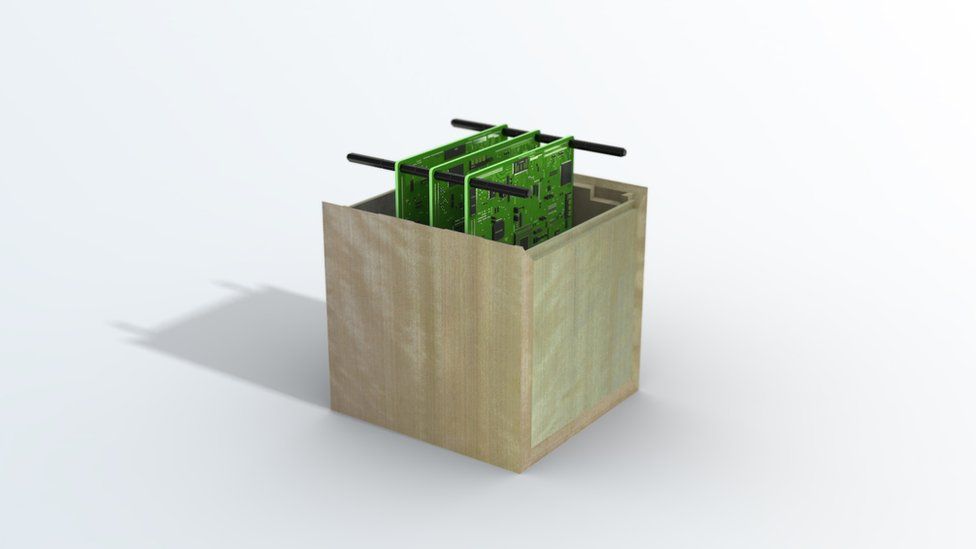
[Interview with Gordon Dewis about wood satellites]
To wrap things up, here’s a running tally of a few spaceflight statistics for the current year:
Toilets currently in space: 5 — 3 installed on ISS, 1 on the Crew Dragon, 1 on the Soyuz
Total satellites from launches: 1
Total 2021 orbital launch attempts: 1
I keep track of orbital launches by where they launched from, also known as spaceport. Here’s that breakdown:
USA: 1
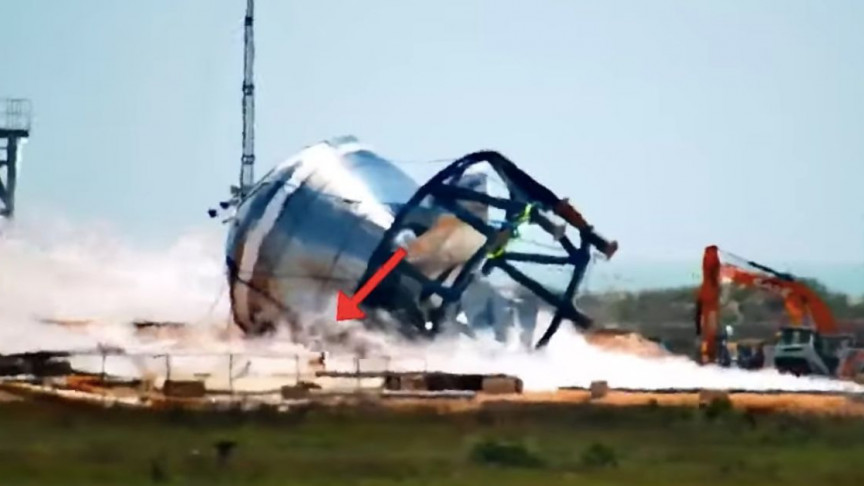
Your random space fact for the week is that SpaceX has a Boston Dynamics Spot.
It appeared in a video on YouTube that was posted by LabPadre. In this single frame screen capture, you may, if you squint, just be able to make out the robot checking out the debris from the Starship SN7 prototype. This particular incarnation of Starship was purposely pressurized to its maximum pressure, and it popped.
While clouds of nitrogen still billowed around the ruptured prototype, the robot dog was caught marching around the launchpad and inspecting the still dangerous site.
SpaceX has named their robot Zeus, and we will link to LabPadre’s video from our website, DailySpace.org.
I, for one, look forward to seeing more of our robot safety inspector.
Thanks for watching, this has been, the Daily Space.
Learn More
China Launches Yaogan-33R
- CASC press release (Chinese)
- Xinhua article (Chinese)
- People’s Daily article (Chinese)
- Yaogan-33R info page (Gunter’s Space Page)
- Weina-2 info page (Gunter’s Space Page)
Arianespace Launches Sun-Synchronous CSO-2 Satellite
- Arianespace press release
- Arianespace mission page
- Ministry of Armies press release (French)
- Space Command press release (French)
- CSO info page (Gunter’s Space Page)
Türksat-5A Launched Onboard SpaceX Falcon 9
- Türksat press release 1 (Turkish)
- Türksat press release 2 (Turkish)
- Türksat press release 3 (Turkish)
- Türksat press release 4 (Turkish)
- Türksat-5A info page (Gunter’s Space Page)
Japan developing wooden satellites to cut space junk
Credits
Host: Pamela Gay
Writers: Dave Ballard, Gordon Dewis, Pamela Gay, Beth Johnson, Erik Madaus, Ally Pelphrey, and Annie Wilson
Audio and Video Editing: Ally Pelphrey
Content Editing by Beth Johnson
Executive Producer: Pamela Gay
Intro and Outro music by Kevin MacLeod, https://incompetech.com/music/


 We record most shows live, on Twitch. Follow us today to get alerts when we go live.
We record most shows live, on Twitch. Follow us today to get alerts when we go live.